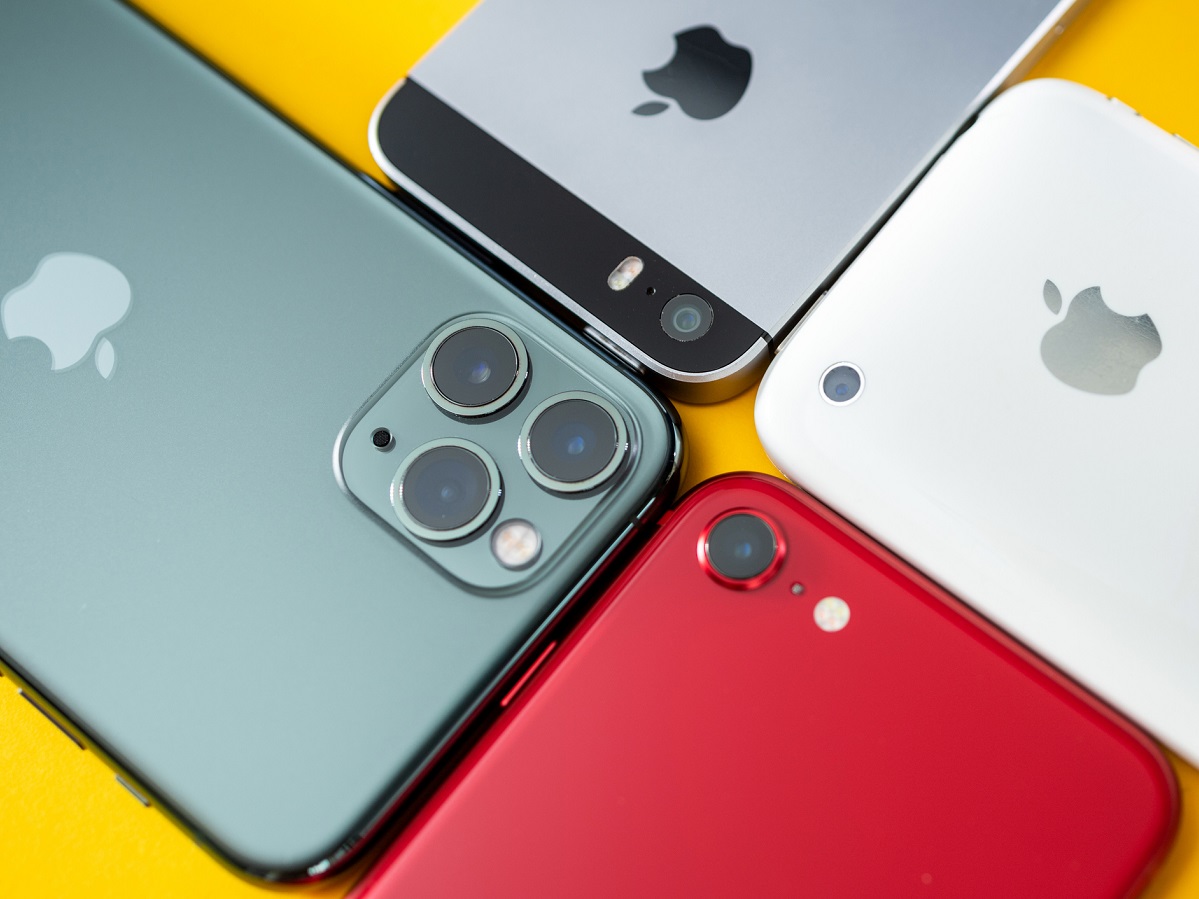More than 4.5 million smartphones were sold in the second half of 2020, up 3% per cent compared to a year ago. Improved handset supplies, holiday season promotions and more competitively priced devices, set the scene for growth, according to technology analyst firm, Telsyte.
Sales of iPhones increased 12% fuelled by more affordable models such as the iPhone SE and price-reduced iPhone 11 and demand for the 5G iPhone 12 series. However, sales of Android smartphones were down 4% during the same period.
Apple increased its share 3.8% to 46.2% vs. 53.8% for Android, compared to the second half of 2019. Apple, Samsung and Oppo remained the top three vendors in units sold.
According to Telsyte, 40% of smartphones sold during the second half were 5G capable, which is expected to be greater than 60% in 2021 as most new mid-range and premium handsets, including 2021 releases, are set to support 5G.
The battle between Apple and Google smartphone ecosystems is intensifying too as the tech giants look to lock in users with more devices and services offerings.
Telsyte estimates 2.5 million Australians used five or more key Apple products and services such as an iPhone, iCloud, Apple music or Apple Watch at the end of 2020 (an increase of 0.4 million), indicating a growing active base ripe for the sale of additional products and services. Based on the same methodology and comparable products to Apple, there were only 0.8 million Australians locked into the Google ecosystem, a slight decline from a year ago.
Research also showed that lifestyle changes since the pandemic, such as working from home, and home fitness programs, drove demand for smart wearable devices, with around 7.6 million and 5.9 million Australians now using smart wrist wearables and smart hearables, respectively.
Apple and Samsung remained the top two vendors in the smart hearables market with 75% of the market in the second half of 2020. Some 5.9 million (27%) smartphone users were using smart hearable devices at the end of December 2020, overtaking the number of smartwatch users for the first time.
The smart wrist wearables market has passed the fast growth phase with replacement cycles now sitting at around two years with sales down slightly from a year ago. The decline was primarily due to lower demand for smart wrist wearables for brands other than Apple, with its Apple Watch sales increasing 3%, helped by the release of the entry model Apple Watch SE.
Smart wrist wearables are still dominated by the smartwatch with Apple the leader in the smartwatch market, followed by Samsung, Garmin and Fitbit.
Telsyte’s research also revealed consumers are becoming increasingly comfortable with voice-activated devices such as smart speakers, which similarly function on smart hearables.
One in five smart hearable users are using integrated digital assistants such as Apple Siri, Google Assistant or Samsung’s Bixby daily, as consumers become increasingly comfortable with voice-activated devices such as smart speakers.
According to Telsyte, more than 2.8 million Australian households had at least one smart speaker installed in their home at the end of December 2020, up from 2.2 million households in 2019. Almost two in three smart speaker households have a Google smart speaker as their ‘main’ one in the home, followed by Amazon and Apple.

